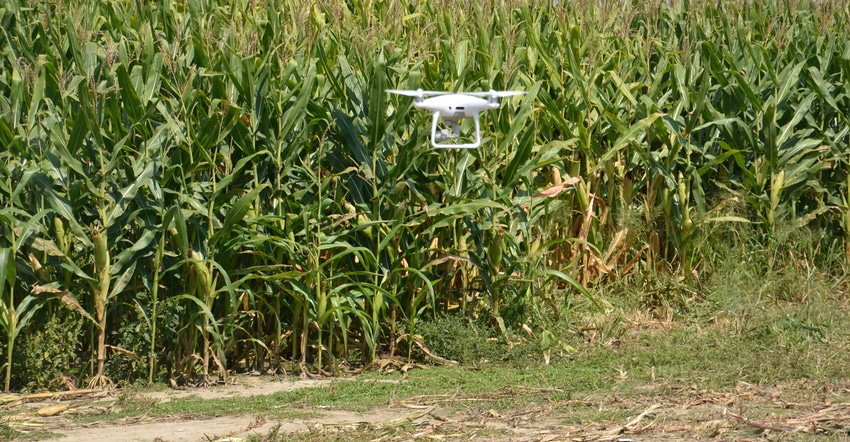December 14, 2017

What trends will 2018 bring to Indiana farmers and agriculture?
If I had a crystal ball, people would beat a path to my door. I don’t even have a magic eight ball from days gone by. I wish I did — it might be valuable as an antique toy. It was never very valuable for its advice.
I’m not giving advice here. With a couple of exceptions, I’m not even saying these trends are good or bad. But based on what happened in 2017 and before, here are 10 trends to watch in 2018.
1. Which way will cash rents and land prices go? Listen and you will hear conflicting reports. Some say cash rents might drop, but others say there are still people ready and willing to pay cash rent prices most would think ridiculous. Farmland prices are off from the peak, but at least one real estate agent says there’s still strong interest. Even a few investors are looking at ground again.
2. Will landowners value things besides the top dollar? One report indicates a landowner sold out a long-term tenant for $5 per acre. Yet another says a landowner took substantially less just to keep a tenant whom he trusted to pay on time.
3. How will the fight for acres among Xtend, Roundup Ready and LibertyLink beans turn out? There are still staunch believers in each camp, but strong yield performance reports from Xtend soybeans appear to be turning heads.
4. How many farmers will apply dicamba-based herbicides? Buying Xtend beans is one thing; spraying them with dicamba is another. Perhaps one farmer gave the best answer: “I’m buying them for the genetics, but if I have a bad weed problem and need a dicamba herbicide, I would have that option.”
5. Will farmers comply with state-mandated dicamba application training? Since both the state of Indiana and U.S. EPA made most dicamba products restricted-use pesticides, the Office of the Indiana State Chemist is requiring mandatory one-hour training with state-prepared trainers if you want to buy or apply these products in 2018.
6. Will farmers continue their love affair with drones, or opt for aerial or satellite scouting? The technology for scouting is at a crossroads. New startup companies are offering aerial scouting with advanced imagery. More sophisticated drones are hitting the market, as well.
7. How many farmers will complete Part 107 training to get an sUAS certificate? Experts say if you want to use a small unmanned aircraft system, also known as a drone or unmanned aerial vehicle, for anything besides hobby flying — even on your own crops — you need the certificate from the Federal Aviation Administration. Those who have it say it’s doable, but you must prepare.
8. How many farmers will bypass Bt corn to save money? Corn borer continues to be sporadic in Indiana. At least one farmer says he’s opting for non-corn borer corn to save money and will scout instead.
9. Will farmers take the time to learn weed control site-of-action numbers, or leave it to dealers? Some of the most-respected agronomists are advising farmers that if they want to control tall waterhemp, they need to start thinking in terms of applying herbicides from groups with different numbers for modes of action. How many farmers will go that far?
10. Will we see farm bankruptcies this year? We hope not. However, lawyers are pressuring us to run articles about Chapter 12 bankruptcy. Let’s hope that’s not necessary.
Comments? Email [email protected].
You May Also Like




